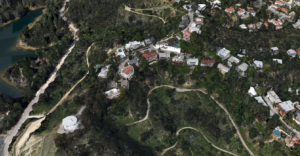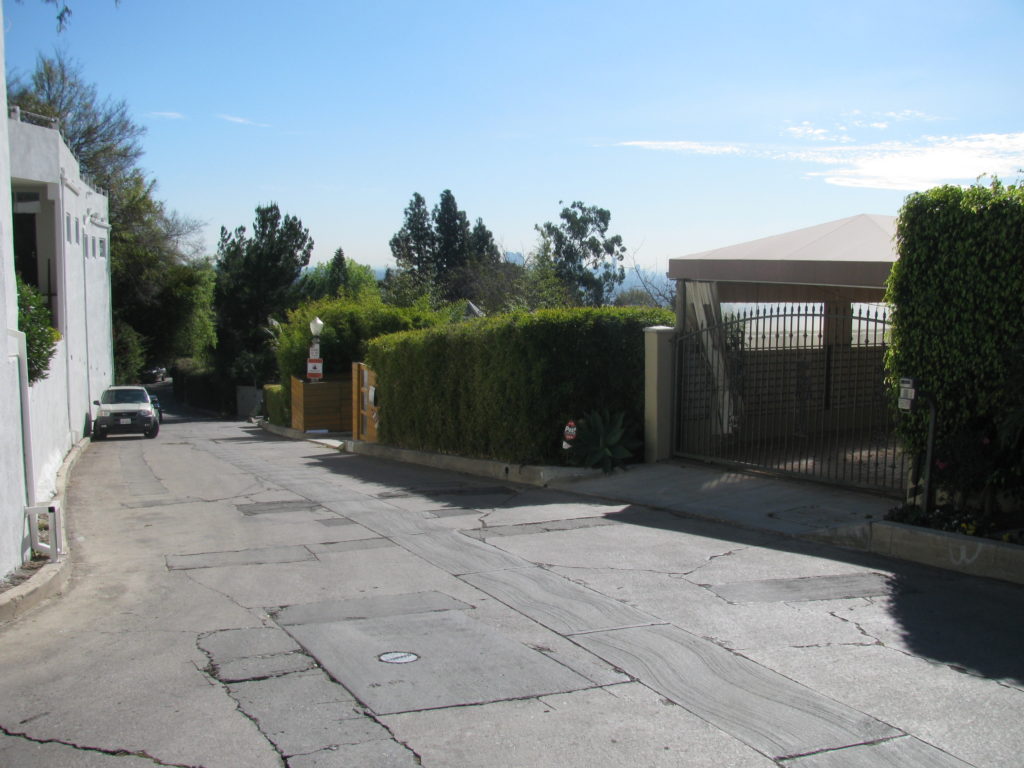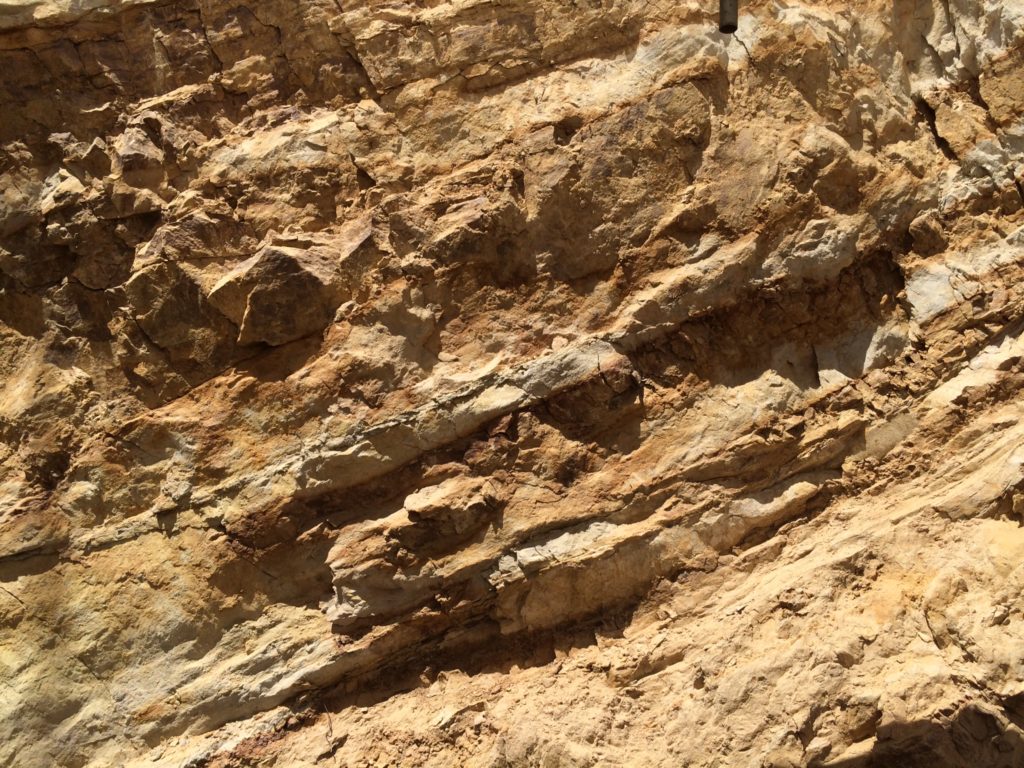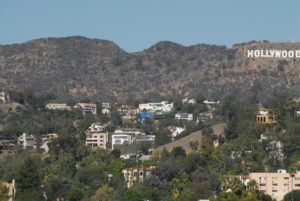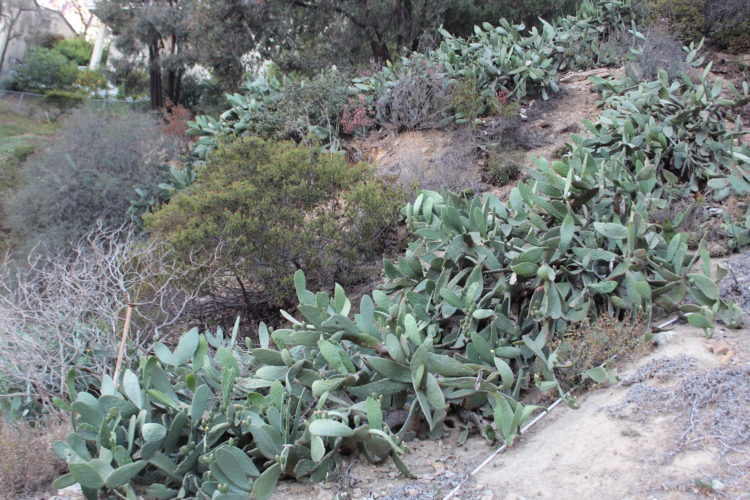This idea of a constraint, of the accident of terrain as an architectural condition, does not mean that the architecture is determined by the site. On the contrary, it is the architecture which creates it.
~ Dominique Rouillard in Building the Slope
Site
How does the DTS Project House’s building’s site affect its architecture? The site’s following physical characteristics directly make the architectural agenda particular:
- Background of Site
- Location of Site
- Access to Site
- Slope of Site
- Orientation of Site
- Geology of Site
- Environment of Site
- Views from Site
- Views to Site
- Adjacent Neighbors to Site
- Landscape of Site
The particular physical attributes of the site both establish parameters that cannot be ignored, but also provide design opportunities. The physical characteristics of the site are never the sole reason for any design decision, but combined with other aspects of the DTS Project House’s context, almost every design decision is informed by some aspect of the site’s specific attributes.
Background of Site
The DTS Project House site was originally three separate lots that have been tied together to form a singe “T” shape lot. A single lot fronting the upper improved street Creston Drive was improved with a one story single-family residence. The remaining two lots were below the upper lot fronting an unimproved public street and contained no improvements. Although not fully improved, the lower street is a public street with public access. With the three lots tied together the single lot is now a thru lot with main access from above along a 70 foot frontage and secondary access below along 112 feet of frontage. The existing single-family residence was “deconstructed” with all building components either salvaged for use in other building projects or recycled.
Location of Site
The site’s location in the hills with restricted windy improved road access greatly affected the construction process. The length of trucks was limited by width of streets and turns and curves of windy streets and thus the length of materials that could be delivered to site was limited. Components like steel cages for piles had to be pieced together after delivery to site. The size and type of cranes, drilling rigs, and other equipment were all limited by the restricted access.
The Hollywood Hills are populated with numerous hiking trails and fire roads that double as hiking trails. The Client very much wanted to make use of these trails and to the extent possible make them an extension of the property. The major landscape development for the DTS Project House is the switchback path leading from the house, down the hillside, and into the public domain.
Access to Site
Once the three properties were joined to create a single site there is access from both above and below the site. The access from above is from the fully improved and sloping Creston Drive that has an eight foot grade change from one end of the property to the other. This one-story grade change provided the opportunity to stack garages and provide two vehicular and pedestrian access points to the upper part of the site. The lower unimproved road provides pedestrian access only and provides a direct link to the neighborhood hiking trails. Although not used as vehicle access to the site in the finished design, the lower street access provided access for most all equipment and material deliveries during the construction process.
Slope of Site
The south facing slope of the hillside is the most dominant physical characteristic affecting the DTS Project House’s design. The slope determined the allowable square footage and amount of required basement areas. The need for excavations and extensive retaining walls to hold the hills lead to exposed concrete as a major project theme. The need to step the house up the hill to remain under the height limit provided for differing views from the various elevations. The circulation required to get from the top to the bottom of the hill make the central stair and elevator a central design feature. A south facing sloped roof following the slope of the hill provides optimal solar exposure and the further you move away from the site the enclosing sloped roof becomes the “iconic” image.
Orientation of Site
The site slopes to the south and the primary views are to the south. This southern orientation provides good solar orientation for the glazing that captures the southern views and optimal solar orientation for the photovoltaic roofing tiles and solar panels mounted on the south facing roof that follows the slope of the hillside.
Geology of Site
The DTS Project House site is part of the Miocene age Topanga Formation made up of reddish brown to tan sandstone providing good support for structures. As a result of the orientation and slopes of the bedrock’s bedding planes a pile and grade beam foundation was required. Although no active faults traverse the site, the site is near numerous earthquake faults capable of producing magnitude 5 – 9 earthquakes. The Santa Monica Fault is the nearest, less than 2 miles away, and the San Andreas Fault is 36 miles away from site. The sites geology and seismic activity drive the parameters for structural design.
The character of the bedrock as it comes out of the ground in both color and size made it a good candidate for filling the gabions.
Environment of Site
The DTS Project House’s location at the top of the Hollywood Hills is a climatic transitional zone that gives the site its own microclimate. What makes it different than the immediately adjacent climatic areas to the north and south is the influence of both maritime and interior air. Its position in plan and elevation relative to the ocean and almost constant breezes make it more temperate than the surrounding areas. In the summer, temperatures during the hottest summer months are as much as ten degrees less than the surrounding areas and with average winter lows of 37 to 43 degrees there is less need for heating during the winter months. The design of the DTS Project House takes advantage of the constant air movement with operable glazing on all levels to capture the gentler southern breezes and blocks the heavy northern Santa Ana winds. The five story central “chimney” draws hot air from all levels by opening its skylit roof creating a solar chimney effect.
Views from Site
The DTS Project House site’s particular location and elevation (900 feet above sea level) provides for foreground views of undeveloped “wilderness” frequented by deer and other wildlife; panoramic views of Hollywood and downtown Los Angeles; and distant views of the Pacific Ocean and horizon beyond. The views become varied on the different levels of the house with the more intimate views on the lower levels and the views becoming more and more expansive as you rise. Levels for the individual are more connected to views of the landscape, the natural world, and the public spaces are connected to the urban, city views.
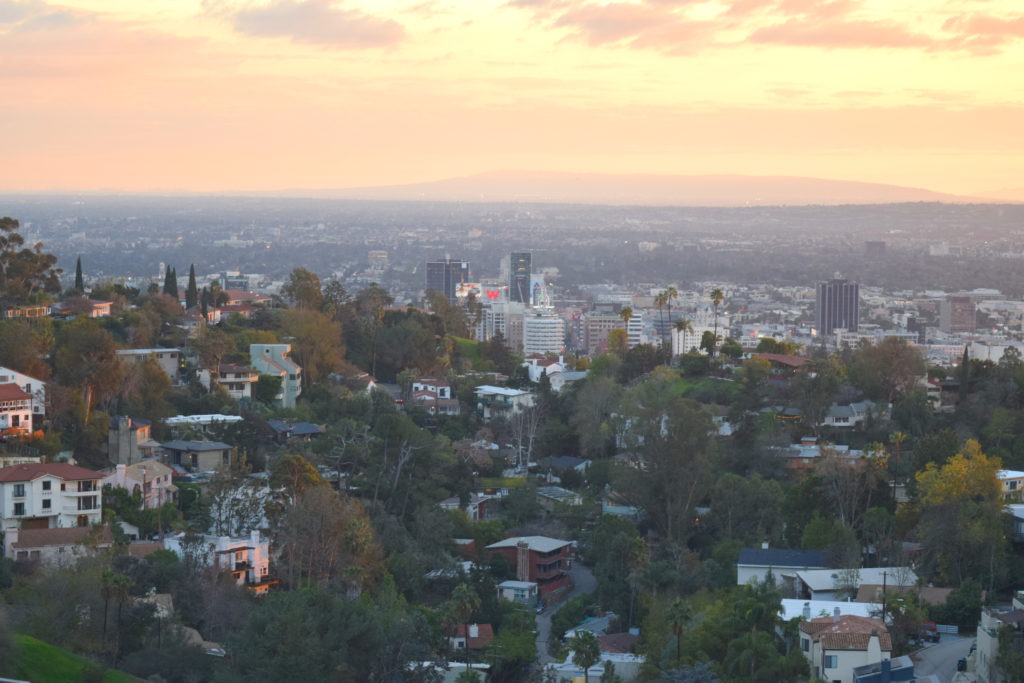
Views to Site
The DTS Project site is located just below the Hollywood Sign, the property is visible on the hillside from many Hollywood and city vantage points when looking toward the iconic Hollywood Sign. The site is visible from the street it is located on; visible from its neighborhood; and visible from its city. This varied visibility provides opportunities for the architecture to work at different scales. The juxtaposition of seeing the Hollywood Sign in the same view of the house also provides an opportunity for the architecture to connect itself to the larger context of Hollywood both as a physical presence and as an idea.
Neighbors Adjacent to Site
One of the DTS Project House’s urban aspects is that its site has directly adjacent neighbors on three sides. The house across the street sits considerably higher and its occupants look down on the site while adjacent houses on the same side of the curving street have varied vantage points of the site from different heights and angles. Thus the need to create physical and psychological privacy is a necessity for the design. The integration of the pool and spa within the middle of the house instead of a position on the hillside where they would be exposed to the canyon bowl is a direct response to this necessity. It is not only necessary to provide options for keeping the neighbors from seeing in, but also necessary to provide options to block out views of the adjacent neighbors when you look out. View studies were done both from the interior looking out and on the exterior to see what the neighbors would see. Detailed view studies were done from the house above the site to see how the fifth elevation, the roof, would or would not be seen. With the angle of the roof following the slope of the hillside, the neighbor above will not look down on a roofscape as was the case with the existing house.
Landscape of Site
The DTS Project House site has four existing landscape features that inform the new architecture and landscape design: bamboo, cactus, the severe slope, and no visual edges at the south property line. Existing bamboo acts as a privacy screen between the site and its neighbors and combined with new bamboo with its vertical, architectural character will continue as a natural screen providing visual privacy between neighbors. The extensive areas of existing cactus on the hillside indicate how drought tolerant “desert” plants thrive on the site and are incorporated into the switchback trail required to traverse the slope. The existing downhill slope is the defining element that the building and landscape must address. The downhill landscape portion of the site continues visually for a wide expanse without interruption until it hits the urban Hollywood. Thus the scale of the landscape is not confined by the confines of the property lines.
Don’t look for new landscapes, see new eyes to see what is already there.
~ Gerald Causee

